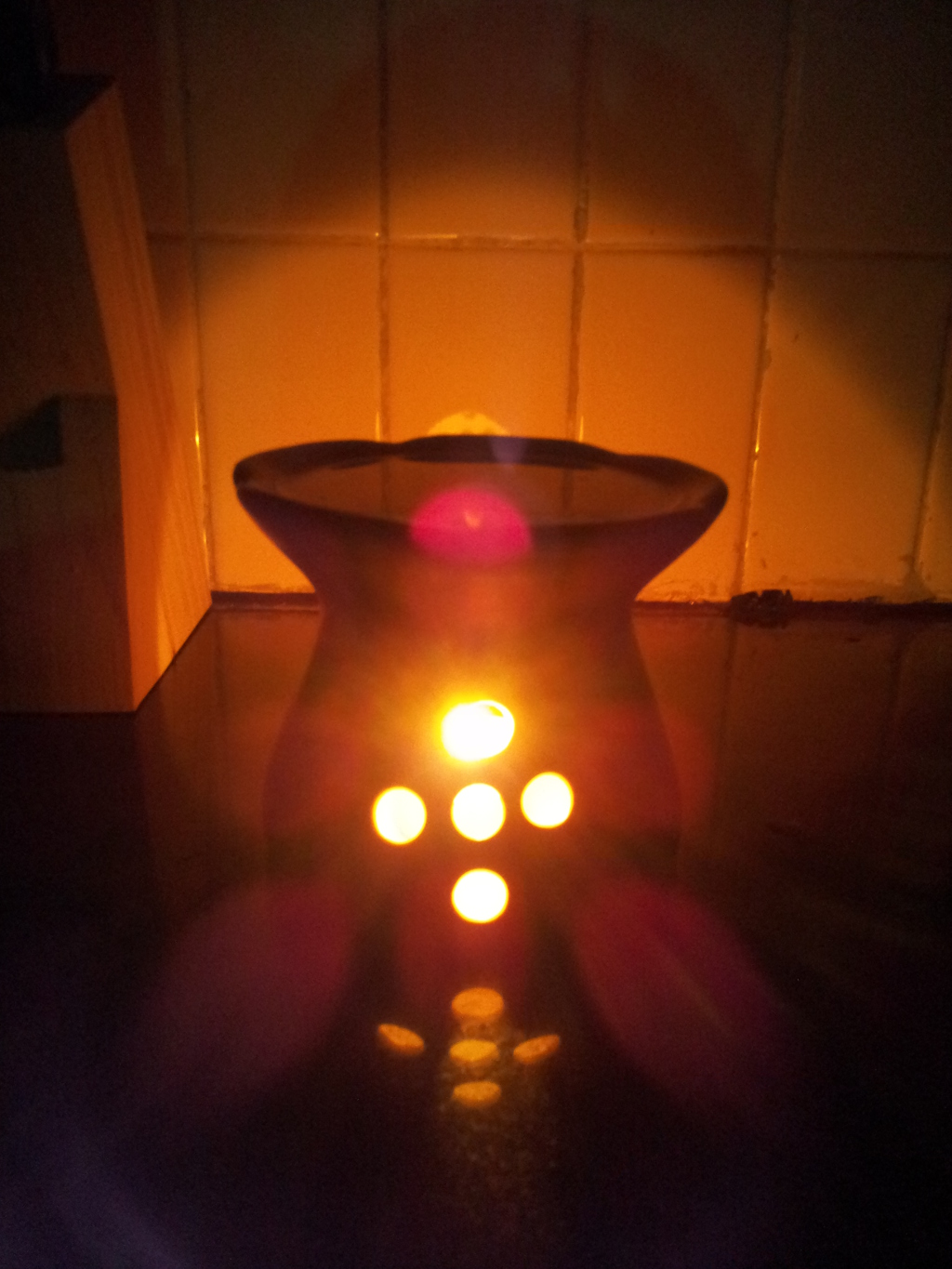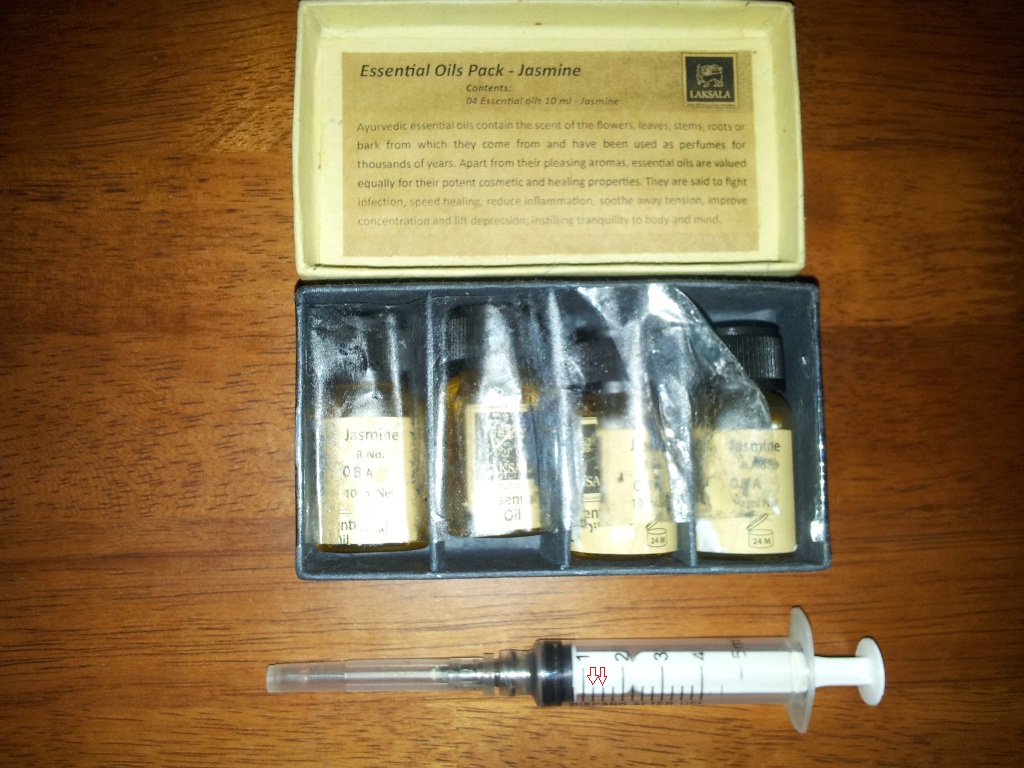What is aromatherapy -
Is a form of alternative medicine that uses volatile plant materials, known as essential oils, and other aromatic compounds for the purpose of altering a person's mind, mood, cognitive function or health.
Aromatherapy is the treatment or prevention of disease by use of essential oils. Other stated uses include pain and anxiety reduction, enhancement of energy and short-term memory, relaxation, hair loss prevention, and reduction of eczema-induced itching.
Two basic mechanisms are offered to explain the purported effects. One is the influence of aroma on the brain, especially the limbic system through the olfactory system. The other is the direct pharmacological effects of the essential oils. While precise knowledge of the synergy between the body and aromatic oils is often claimed by aromatherapists, the efficacy of aromatherapy remains unproven. However, some preliminary clinical studies of aromatherapy in combination with other techniques show positive effects. Aromatherapy does not cure conditions, but it is suggested that it helps the body to find a natural way to cure itself and improve immune response.
Items you need -
- Oil burner - candle or electrical
- Essential oils
- Syringe
- Tea lights
- Vegetable oil
- Cotton Wicks
- Stainless steel container where oil + wick to be lit
- Water
Experiment # 1 - oil burner/ essential oil/ tea light/ plastic lid as base/ water
- Items were arranged as seen in this pic. A plastic lid was placed as a base for the tea light, which helped in relocating/ igniting the candle inside the oil burner. This setup proved a single tea light can last for 3 hours of continuous use. But, as time progresses, candle wax decreases thus having to refill " spent " wax with new " left over " candle wax from other larger candles in the household. Due to the size constraint of a tea light, refill process [ wax + water ] has to be done every 30 mins or so depending on how strong the candle flame is in relation to water on top of the burner. Further experimentation proved [ if ] candle flame is higher as in 1: 2 ratio, faster water evaporation + shorter candle burn time. But putting a plastic base was a big mistake as i found out later on and was discarded.
- Same experiment was repeated but instead of tea light, vegetable oil + cotton wick was used. It has to be stated, burning any vegetable oil [ does ] leave black soot inside & around the oil burner, that is un avoidable. Wick has to be pre soaked completely in vegetable oil prior to being lit and the flame has to be almost at the oil level, otherwise, you get black smoke. You need to place a old coin at the bottom of the steel container so the wick doesnt get submerged in oil with each re fill. This setup proved once and for all, longer burn time as opposed to 30 min window for tea light [ as wax levels decrease ] but water need to be refilled often, depending on how large the oil burner is. With vegetable oil, single refill burn time = 5.5 hours [ based on size of stainless steel container as seen above ].
- So, why a syringe ? that is used to extract fixed quantity of essential oil that is to be put in the water on top of the oil burner, so you maximise lifetime of essential oil containers. Taking a 5 ml syringe, you only need to draw up to the first marker from the bottom of syringe. See pic with essential oil + syringe for the [ two ] red arrow markers.
- Taking into consideration a single tea light burns for 3 hours [ on a single use basis ] and if one lights this badboy for 12 hours a day, you would need 4 tea lights a day. Which equates to 112 approximate tea lights a month, which is not cheap. But with vegetable oil, you would only need 2 1 litre bottles to last 1 whole month of 12 hours daily use.




